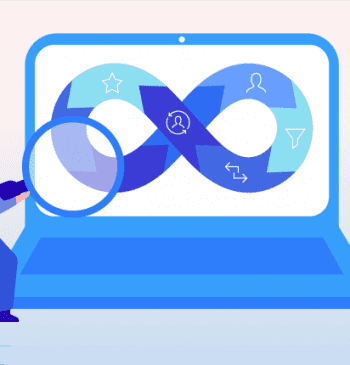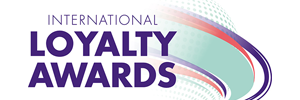29 May

It’s been considerably long since we left our traditional workspaces behind. Digital transformation in business is not a one-time thing; it constantly develops as tech develops. The need for engagement metrics became visible, especially in the B2B context, where the main challenge is regulating bundles of relationships and workflows. This challenge leads to the emergence of loyalty and marketing automation apps like Apex Loyalty.
To address the complexities in the B2B context, Apex Loyalty takes its power from B2B engagement metrics. We will discuss this later in detail, but first, let’s look at the most common challenges that will come our way in the journey to a complete digital transformation.
Common Challenges of Data Sorting in B2B
With constant development in question, adopting an open mind became part of our workplace responsibilities to keep up with that. Luckily, the B2B engagement metrics that can help us in our struggles and endeavors regarding this responsibility are within our reach. Putting our share in this aside, what’s the challenge in the technology aspect? What makes interpreting the output software produced in the B2B context difficult?
The success of businesses operating through direct and indirect channels relies on indirect channel performance. Consequently, several research studies have examined the link between channel management strategies and performance. However, not every academic output has always been legible or easily compatible with unique needs to implement right into businesses.
The Importance of B2B Engagement Metrics
The ambiguity originating from the inadequate channel performance measurement has been a real issue for a long. Therefore, a framework possessing certain indicators became necessary for defining your channel member performance and developing valid measures supporting the very definition. In short, industry dynamics forced developers to build novel indicators that would embody information from all channel parties. We’ll call them B2B engagement metrics, which became meaningful thanks to the use of AI in various business processes.
It’s no news – through business models fueled by AI, companies have better ways to understand, predict, and engage customers. However, today, human participants and engines generate tremendous amounts of data daily. Neither an individual nor a department could capture the data load from all aspects, let alone interpret it correctly and produce meaningful information. At this point, B2B metrics serve as the agents for deciphering performance dynamics. Apex Loyalty utilizes them in the most flexible way possible based on its multiple-measure approach.
Apex Loyalty Approach to B2B Engagement Metrics
Let’s delve deeper into the sophisticated methods employed by Apex Loyalty for assessing customer loyalty through B2B engagement metrics. This approach encompasses a comprehensive suite of analytical tools designed to measure and interpret various customer interaction and engagement aspects. These are:
- Enrollment Rate
- Redemption Rate
- Active Engagement Rate
- Point Accumulation Rate
- Content Consumption Rate
1. Enrollment Rate
If you implement Apex Loyalty in your B2B engagement strategy, you can monitor the “enrollment rate” value. This metric refers to the participation rate within your loyalty rewards program, meaning the percentage of enrolled customers. You can calculate participation by dividing the number of enrolled customers by your total number of customers. Detailed information about enrollment rate in loyalty
2. Redemption Rate
To obtain another numeric value indicating the performance of your loyalty program, Apex Loyalty offers the “redemption rate.” Basically, it is an engagement metric showing how many of your loyalty program members benefit from our perks. It’s simple – divide the number of redeemed perks by the total number issued or earned through the program. Detailed information about the loyalty redemption rate
3. Active Engagement Rate
“Active engagement rate” functions similarly to the “redemption rate.” This engagement metric is another value for understanding the percentage of your total customers actively engaging in the program. Again, the math is simple here. You divide the number of customers who have used your loyalty program by your total number of customers. That’ll make more sense once you are more familiar with the industry-specific campaigns you can design with Apex Loyalty.
4. Point Accumulation Rate
The most common feature of loyalty programs is “point programs,” where members can collect points to reach a certain level. In Apex Loyalty, you can assign points to certain business transactions and portal actions, which members can collect points. If members are more active and collect more points, so your point accumulation rate as a program owner increases.
5. Content Consumption Rate
You have probably heard the renowned expression, “Content is king.” It also applies to B2B loyalty when it comes to B2B engagement metrics. To keep members engaged, you must motivate them to check in on the program through various content. Updates about your brand, new products you are launching, surveys, new pricelists, or a new competition… we offer a nice variety to spice things up for your content management strategy.
This marks the “content consumption rate” as a key loyalty program metric. It tells about your program’s success by showing how much your members consume and engage with your content. Ultimately, all efforts are for staying current and gaining skills for your future forecasts. By Apex Loyalty B2B metrics, you can make the most of the data already existing in your ecosystem.
You can read our previous article on https://www.apexloyalty.com/salesforce-for-b2b-ecommerce-during-covid/







